































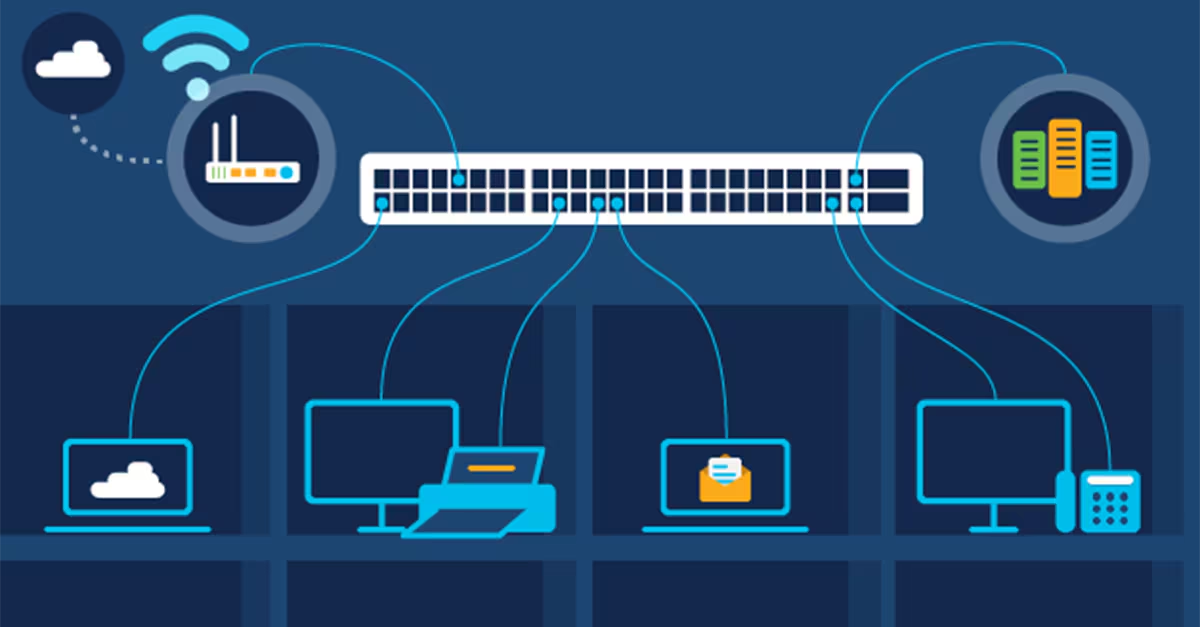
What is an Ethernet switch used for?
An Ethernet switch is a type of network hardware that is foundational to networking and the internet. Ethernet switches connect cabled devices, like computers, Wi-Fi access points, PoE lighting and IoT devices, and servers, in an Ethernet LAN so they can communicate with each other and to the internet.
Why do you need a switch in a network?
Switches are key building blocks for any network. They connect multiple devices, such as computers, wireless access points, printers, and servers; on the same network within a building or campus. A switch enables connected devices to share information and talk to each other.
What are the advantages of a switch?
Using a switch in a network provides several benefits. It allows for dedicated bandwidth between connected devices, which results in faster and more efficient data transmission. Switches also offer improved security by isolating traffic between different ports and provide better scalability for expanding networks.
Why do you need an Ethernet switch?
Ethernet switches connect essential devices such as laptops, computers and servers to a local area network (LAN). They can be an essential piece of hardware in networking for organizations of all sizes, as multiple Ethernet ports allow for quicker connectivity and access across a multitude of devices.
What is the disadvantage of an Ethernet switch?
Some of the disadvantages of using a network switch are: They are pretty expensive. Broadcast traffic could be an issue. Broadcast traffic can be problematic. The failure of a switching bridge brings the network to a halt.
What is the purpose of using switch?
A switch is used to complete or break an electric circuit in order to use an electric appliance. When a switch is in the ON position, it completes the circuit and allows current to flow through. Similarly, a switch is in the OFF position when it breaks the circuit and prevents current from passing through.
Why is the Cisco switch the best?
Cisco switches have embedded security features to control who gets on the network, detect security attacks as they happen,3 and enforce security policies through the network. 4 We offer comprehensive threat defense, and support network segmentation to reduce attack surface too.
What are two advantages of using an Ethernet switch?
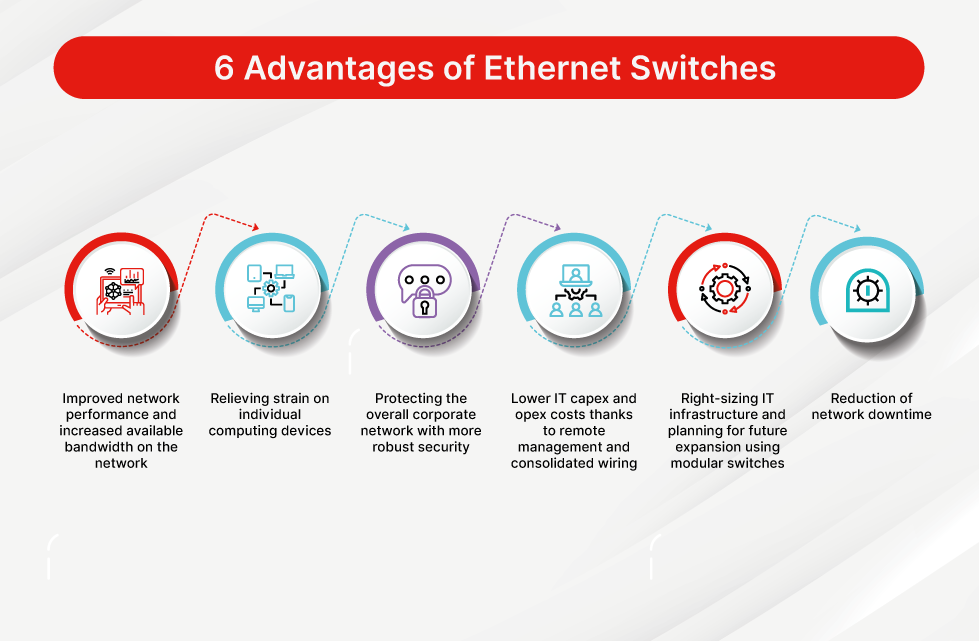
Ethernet switches provide many advantages when correctly installed, integrated, and managed. These include: Reduction of network downtime. Improved network performance and increased available bandwidth on the network.
Where are Cisco switches used?
These switches are typically deployed at the edge of a large network (while managed switches are used in the core), as the infrastructure for smaller networks, or for low complexity networks.
How many ports are in a Cisco switch?
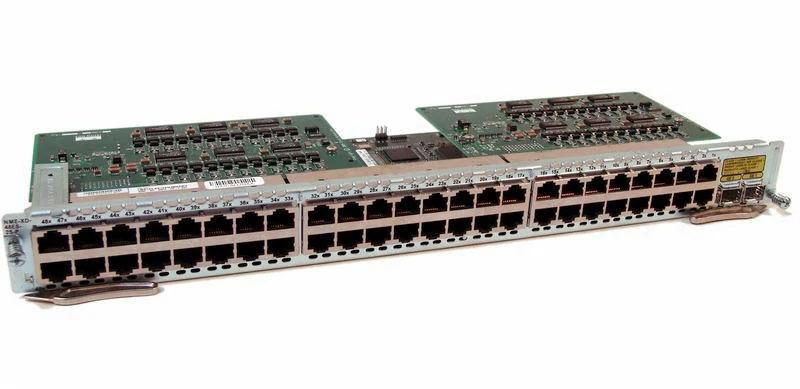
Some common Cisco switch models include the Catalyst 2960 series, which typically has 8, 24, or 48 ports, and the Catalyst 9000 series, which can have anywhere from 8 to 96 ports or more, depending on the specific model.
What is the difference between a network switch and an Ethernet switch?
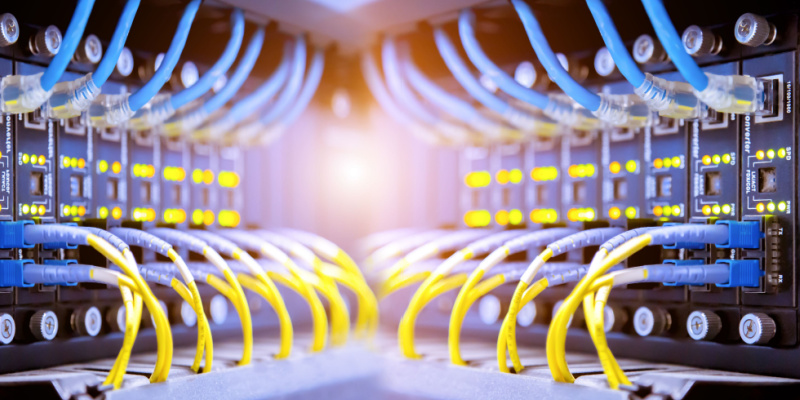
Network switch: In a network switch, however, there is only one broadcast domain — unless virtual LANs are implemented. An Ethernet switch creates a separate collision domain for each of its ports. This lets all of the devices that are connected to the switch ports send data without any problems.
Is a Cisco switch also a router?
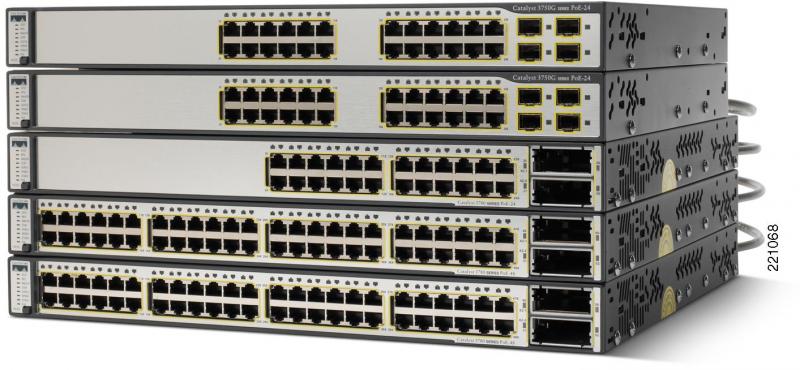
A Cisco router connects different networks together whereas, a switch connects multiple devices together to create a network. 2. Routers work on the Physical layer; Data link layer and the Network layer whereas Switches, as well as advanced switches, work on the Data link layer and the Network layer too.
Why use switch vs router?
While a network switch can connect multiple devices and networks to expand the LAN, a router will allow you to share a single IP address among multiple network devices. In simpler terms, the Ethernet switch creates networks and the router allows for connections between networks.
Can I use a switch instead of a router?
In practice, what this means is that routers are necessary for an Internet connection, while switches are only used for interconnecting devices. Homes and small offices need routers for Internet access, but most do not need a network switch, unless they require a large amount of Ethernet* ports.
For Cisco switches product list and quote, please visit: https://www.hi-network.com/categories/cisco/cisco-switches
If you need more information about Cisco devices, please contact us at www.hi-network.com (Email: [email protected] (en inglés))
 Etiquetas calientes:
CISCO Switches
Etiquetas calientes:
CISCO Switches